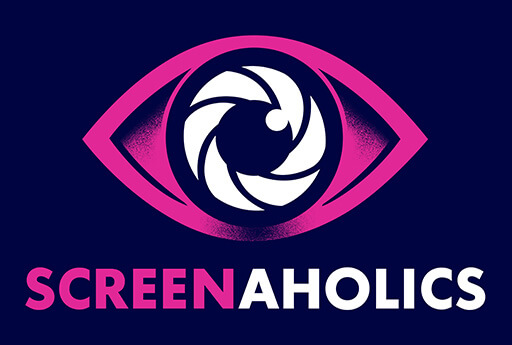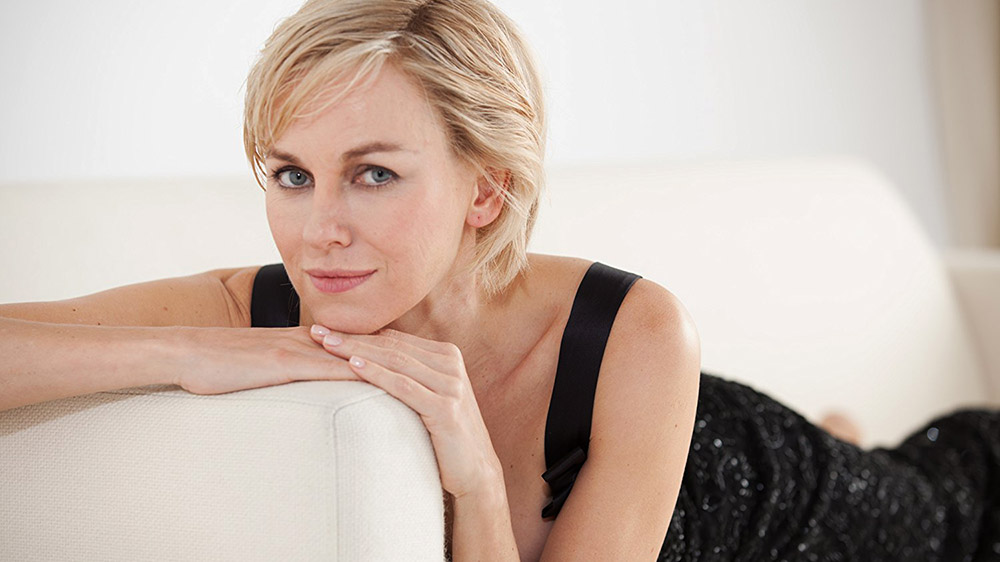Princess Diana’s (Naomi Watts) life has hit rock bottom since her separation from Prince Charles. Unable to see much of her sons, labelled a public enemy by the Royal Family, and always seen as a bankable bimbo by the tabloids, Diana’s once fairytale lifestyle has been reduced to one of isolation, guilt and crippling un-fulfilment.
But when she meets and falls in love with the charming and quirky Dr. Hasnat Khan (Naveen Andrews) while visiting a friend in hospital, she is inspired to defy her public image, and use her influence to take a stand against the injustices in the world. Spurred on by her love for this handsome heart surgeon, Diana dedicates (what tragically became the last years of) her life to helping those in need, all the while trying to maintain her relationship with her new beau, often leading to many heartbreaking ups and downs.
When Diana was released in late 2013, it was immediately dubbed one of the worst films of the year. Critics tore it to shreds, panning its cast, its screenplay, its narrative, its direction and its handling of the late princess’ story. Hardly anyone gave it a chance, and instead they all just dismissed it as bland and exploitative trash.
Back then, I couldn’t understand why the film was hated so much. When I went to see it during its original Australian release, I found it romantic, fun-loving, interesting and compelling – nothing like the so-called “snuff piece” that was being demonized in the papers. I was convinced that the critics who were giving it negative reviews were no-taste fools who were blind to pure genius. And watching it again four years later, my attitude towards it hasn’t changed in the slightest: I am still compelled by it, and the film’s haters are still fools!
Naomi Watts as Diana is a delight to watch. Though she noticeably bears no resemblance to the real Princess of Wales, Watts, nonetheless, gives us a brilliant, rounded performance, adding personality and depth to a woman who has only ever been portrayed in the media, and in previous film incarnations, as a glum, posh-speaking Brit with a sweet side.
Naveen Andrews’ portrayal of Dr. Hasnat Khan is perhaps the most complex, yet poetic performance I have ever seen in the history of contemporary cinema. One minute, he can be a charming romantic lifted from the pages of a fairytale; the next, he can be a tragic Heathcliff-like figure whose dread of unwanted fame makes you wish that you reach into your TV screen or into the cinema screen, and give him a hug. He’s lovable and adorable to be around, while at the same time, he can be deep and tortured. Why Andrews wasn’t nominated for an Oscar for this role, I’ll never know! It’s a memorable and layered performance that should’ve been given rapturous praise!
Together, Watts and Andrews make a great on-screen couple. They display great chemistry, and perfectly portray the joys of being in love. Their portrayal of Diana and Khan’s love is believable, and enduring to see play out on screen, even if it doesn’t lead to a happy ending. The two leads give the tragic couple justice.

The screenplay and direction are horribly underrated; together, they create a stimulating work of art that should’ve been given respect instead of put-downs and snubs.
Diana’s screenwriter, Stephen Jefferys, writes with enthusiasm, class and independence – something that you rarely see in screenwriting nowadays. His dialogue and storytelling is full of heart and is very well-developed. He is a unique species of writers who loves the art of writing with an undying passion, no matter what the project is. He does not give in to typical Hollywood formulas or check lists, and instead, allows his heart to tell the story. Every word Jeffreys writes is deep, psychological, and full of beauty.
Oliver Hirschbiegel’s direction is the same. He puts effort into his art, and every scene he shoots is more or less influenced by (if not similar to) the work of classical artists. The atmosphere and appearance of the film is a mixture of different artistic styles, with the works of Renaissance artists, Georgian era artists, French bohemian artists and postmodern artists being payed homage. Many shots look like they came out of the paintings of Piero della Francesca or Jean-Honoré Fragonard! And together, they enhance our understanding of the moods and surroundings of the characters.
The diverse production designs and cinematography help portray what the characters feel on screen, making sure that no emotional note remains unheard. Whenever they feel miserable or lonely, the dark colours of the Renaissance paintings come in. Whenever they feel joy or romance, the warmth and exhilaration of the Impressionists take centre stage, creating a mood that compliments the performances and writing. Though unsubtle, the diverse styles and influences are effective, unapologetic and absolutely gorgeous to look at. Hirschbiegel hits all the right notes in regards to mise-en-scene, and captures the psychology of Diana and Khan, and the world around them perfectly.
Diana certainly didn’t deserve the crap it got in the press. It’s a heartfelt and beautiful movie about tragic passion, brought to life by passionate artists; it’s sad that the critics failed to see that. Shame on them all! If you love the legacy of Princess Di, a good modern Romeo and Juliet love story, and/or a genuine lover of fine cinema, give it a watch. You’ll laugh, you’ll cry, and you’ll be swept away with intoxication! Please, ignore what has been said about the film, and give it the respect that it deserves. You won’t regret it.
Fun Fact:
Posters for the film were hung at Place de l’Alma in Paris, near the entrance to the tunnel where the Princess of Wales died in a car accident in 1997. After an uproar, the posters were eventually removed at the request of French distributor Le Pacte.




COMMENTS